
X-Headlines


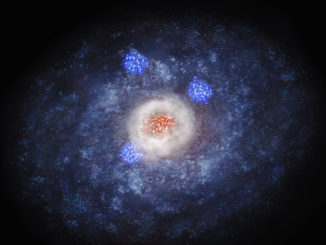
Explosive birth of stars can swell galactic cores
Astronomers have found that active star formation upswells galaxies, like yeast helps bread rise. Using three powerful telescopes on the ground and in orbit, they observed galaxies from 11 billion years ago and found explosive formation of stars in the cores of galaxies. This suggests that galaxies can change their own shape without interaction with other galaxies.
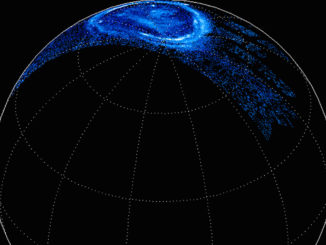
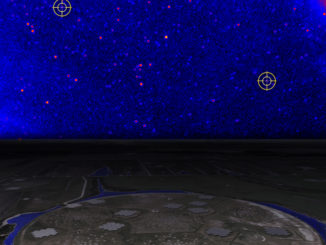
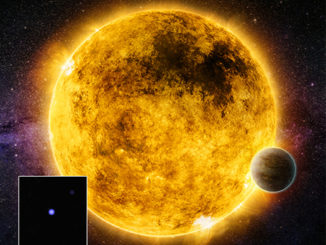
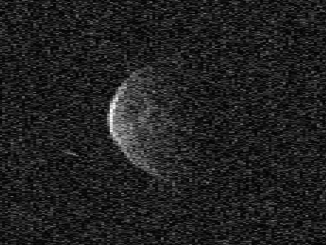

Shocking discovery explains powerful novae
In a typical year, there are around 50 novae, nuclear explosions on the surface of white dwarf stars, in our galaxy. Some of these explosions are so bright and powerful, they exceed the scale of scientific explanation. Employing two powerful telescopes, astronomers at Michigan State University have proven a theory that explains these super-luminous novae and other astronomical explosions.
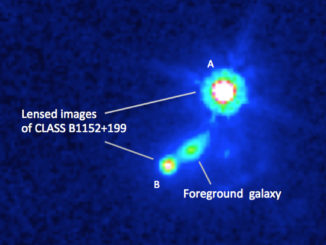
Astronomers investigate distant galaxy’s magnetic field
With the help of a gigantic cosmic lens, astronomers have measured the magnetic field of a galaxy nearly five billion light-years away. The achievement is giving them important new clues about a problem at the frontiers of cosmology — the nature and origin of the magnetic fields that play an important role in how galaxies develop over time.
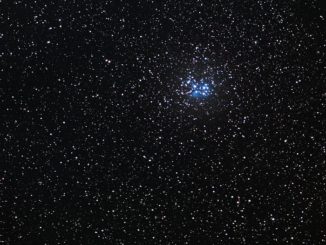
Kepler space telescope discovers variability in the Seven Sisters
The Seven Sisters, as they were known to the ancient Greeks, are now known to modern astronomers as the Pleiades star cluster – a set of stars which are visible to the naked eye and have been studied for thousands of years by cultures all over the world. A new algorithm to analyse data from NASA’s Kepler telescope has revealed insights about the behaviour of the stars.
